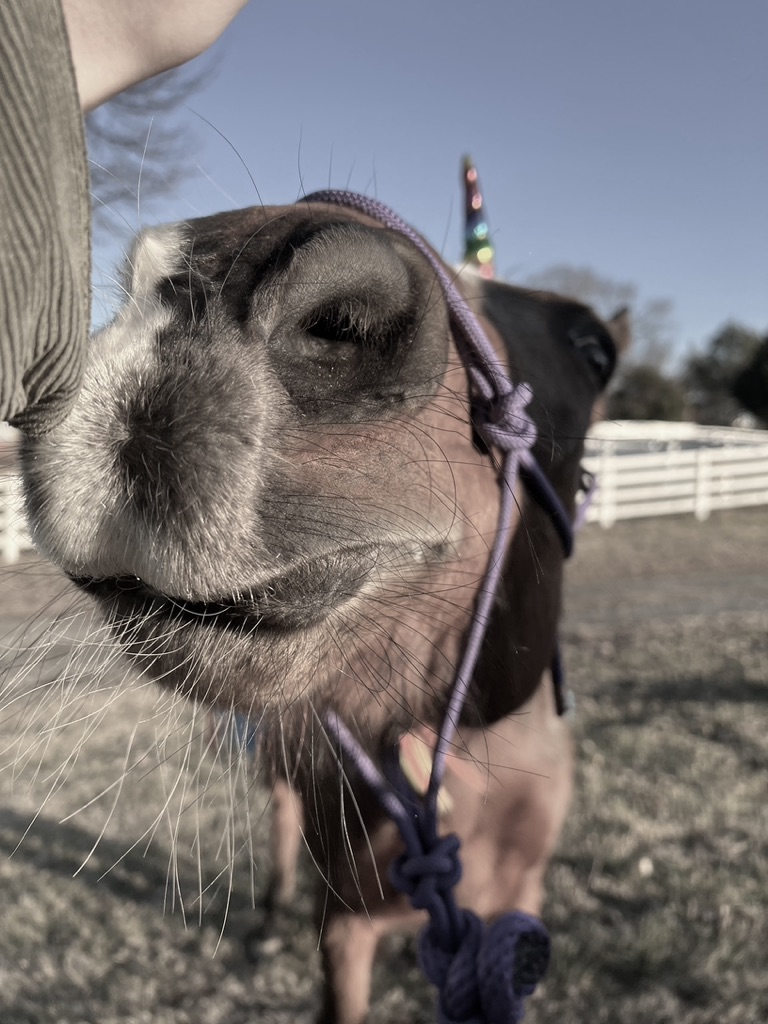Teach the Students, Not the Lesson.

Think about WHO you are teaching before you think about WHAT you are teaching.
In graduate school, we learned to build the most beautiful lessons, designed to take the kids right to the spot. We would plan to work out their background knowledge, have them discover, be completely wowed, then implement this incredible new understanding.
I was always frustrated after actually teaching these crafted lessons. They never went according to my 5-page typed-out lesson plan. The students got confused where I did not expect them to, the background knowledge was either more or less or tangential- not focused on where I wanted to take the students.
After so many lessons went awry, I realized that was exactly the point:
Lessons going awry is the goal, the inevitable goal.
Those are the best lessons in every way- the lessons driven by the in-moment knowledge and curiosities of the students- unpredictable, winding lessons.
A different approach:
Craft your lesson out of very wet clay.
Know where you need the students to arrive- not necessarily today or even tomorrow, but where they need to arrive in the near future.
Then, present the lesson with space for curiosities, for meanderings, for addition of the personalities and interests of your particular students.
The beautifully crafted, detailed lesson plan you write addresses YOUR own learning. A lesson of wet clay is prepared for your students’ learning. A lesson of wet clay NEEDS their hands to create the lesson.
Okay, enough of the clay.
It is scary to hand the control over to your students. And you may wonder how you’ll get through the packed curriculum you’ve been given.
From my experience, in their wanderings and questions, they will answer questions that extend far beyond your expectations- surpass the goals of the curriculum.
This sounds pretty dreamy- and none of this is possible without very intentionally developing a classroom culture of intellectual curiosity, of safe questioning, of devotion to mistakes, of care among the entire classroom community.
That is where I will start my next set of posts: Classroom Management, Classroom Environment, Classroom Culture. Yup- that is absolutely everything- the space you build with your students- absolutely everything. That classroom air is everything- after you, the teacher, the greatest asset in the room.
Ultimately:
Let the students drive the lesson. No matter how beautifully you build a lesson, a great teacher will wander away from it to meet the ideas, the questions, and the curiosities of the students. With creativity and attention, that road will still lead to the lesson objectives, and will likely add all kinds of extra joy and learning.
Notable Thoughts and Research:
Designing Lessons with Students Needs Driving the Design
Steps for Designing Student-Centered Lessons






